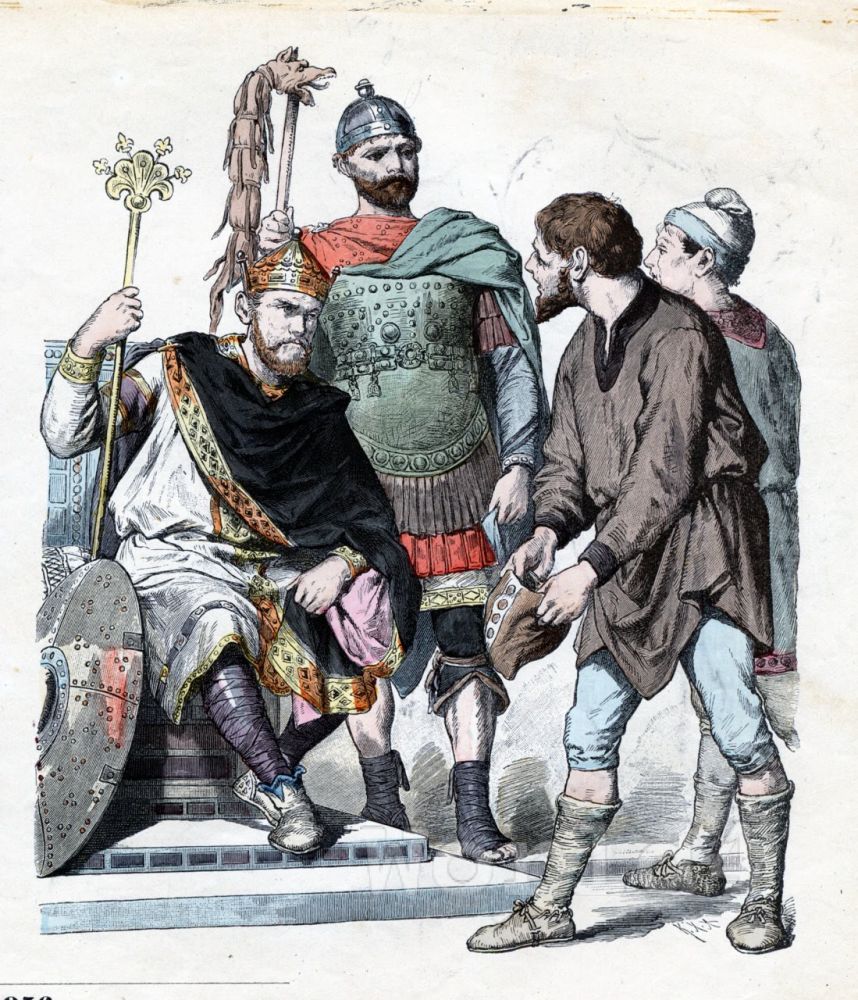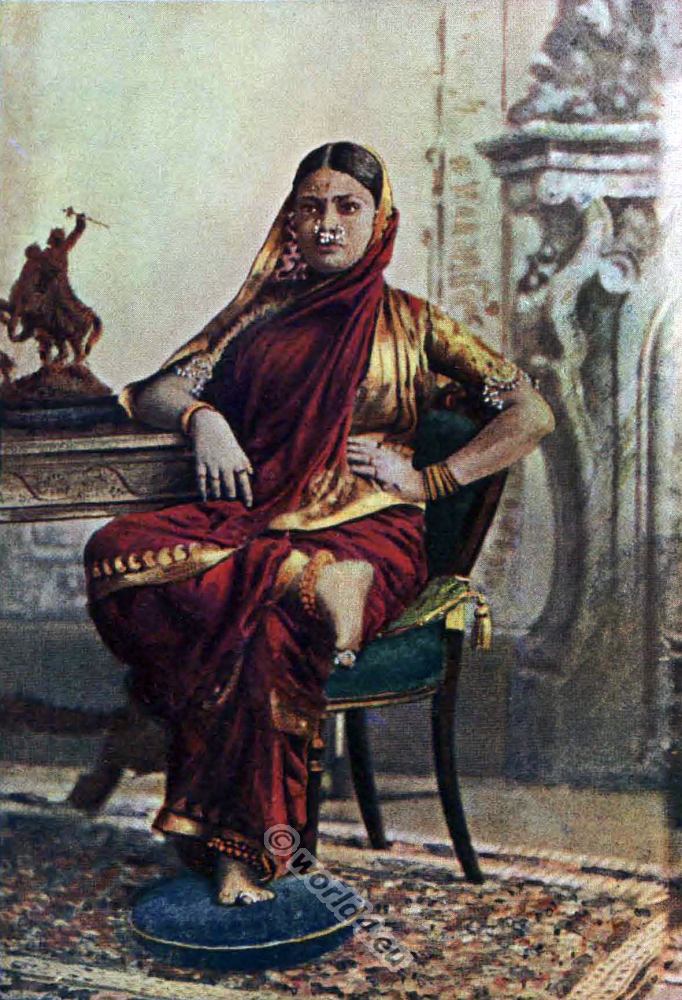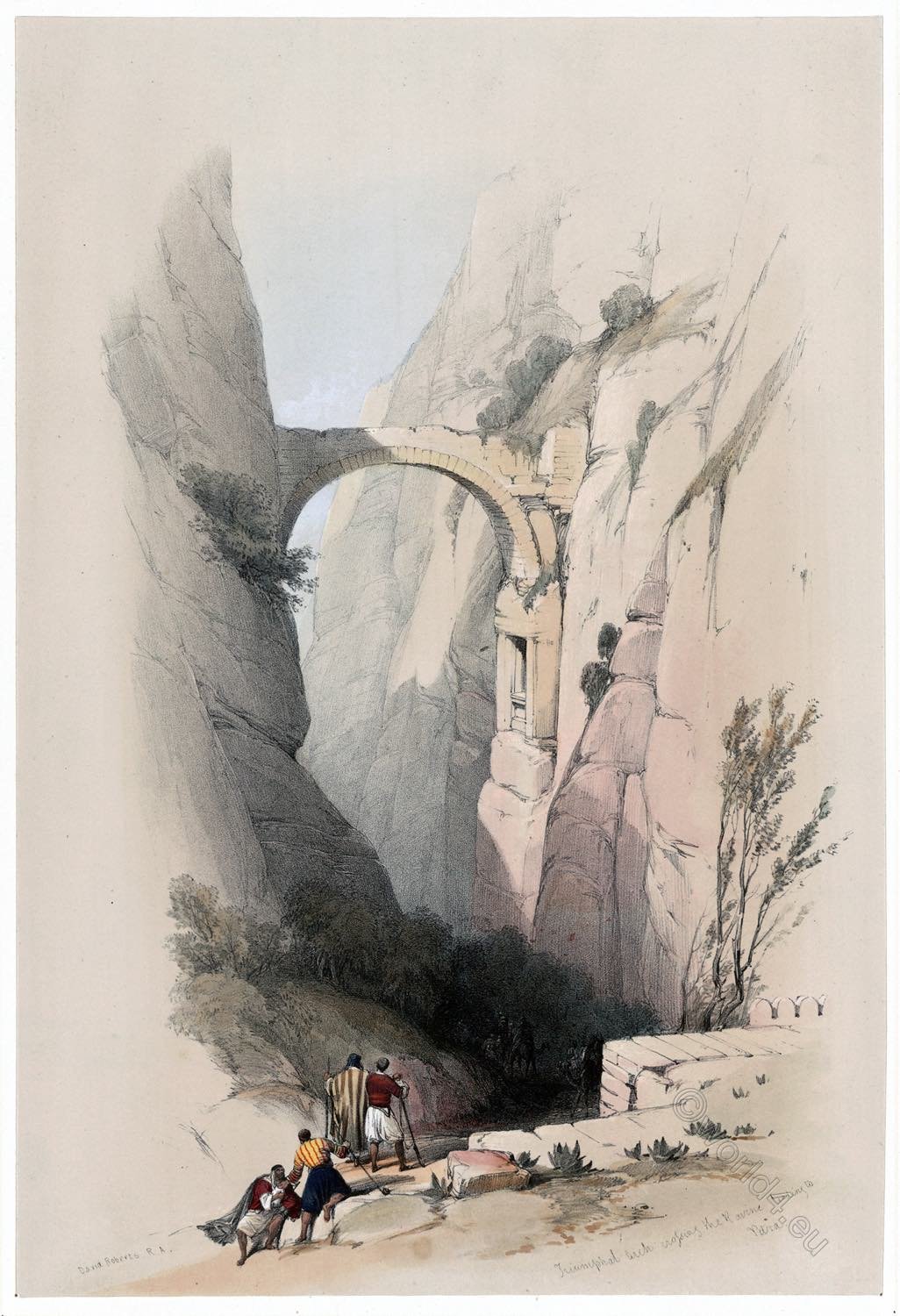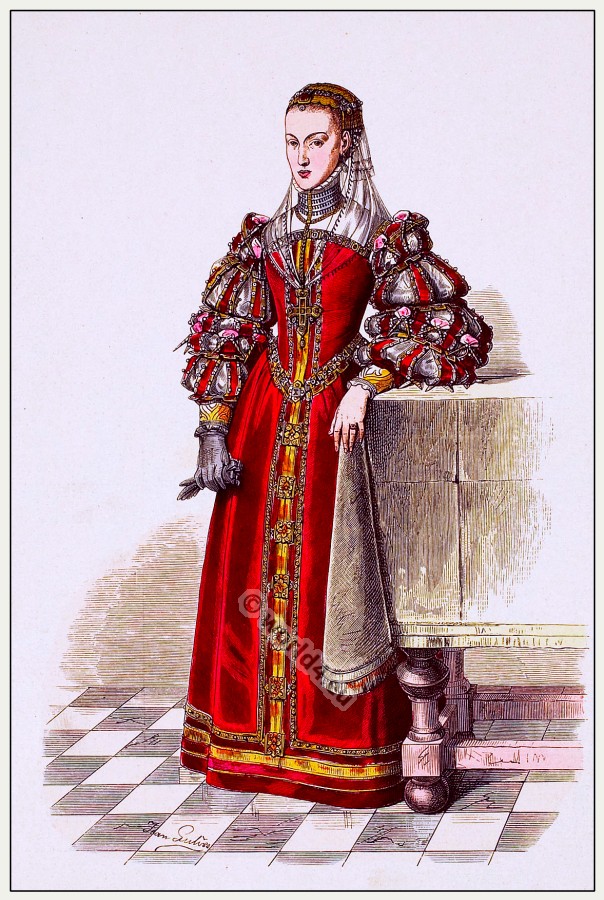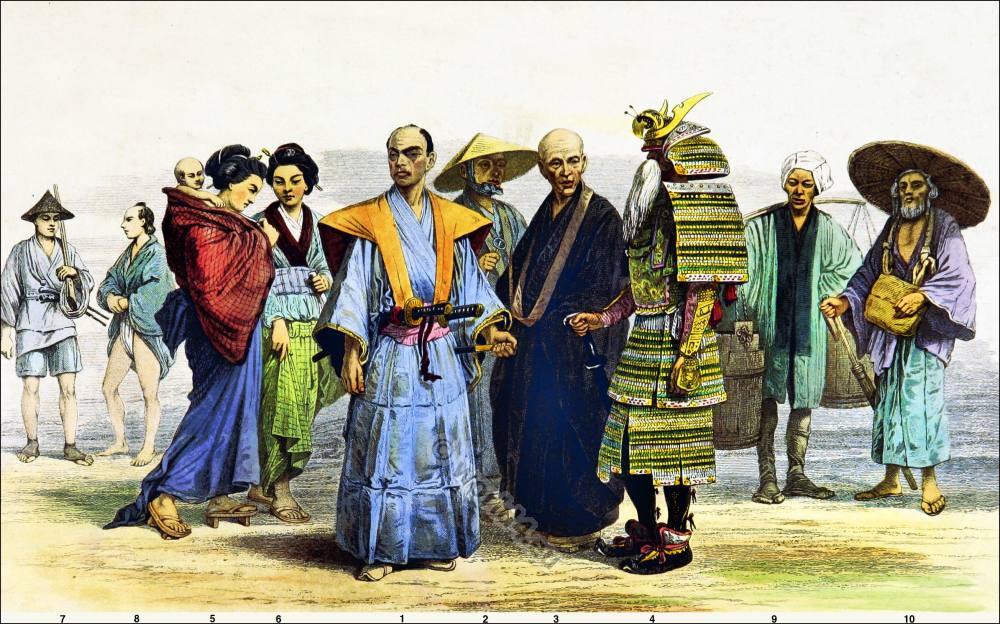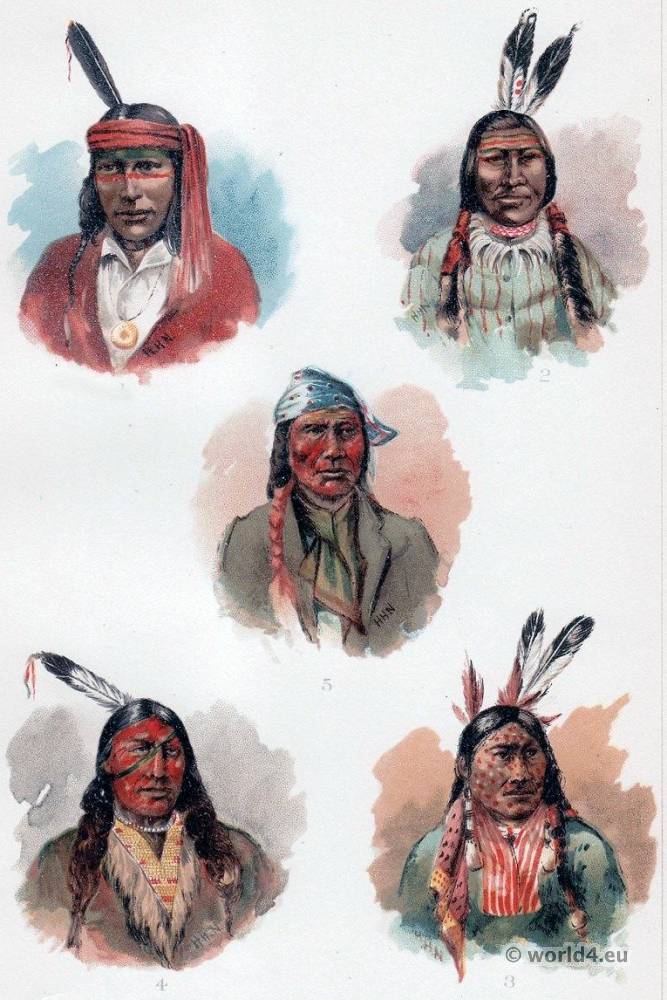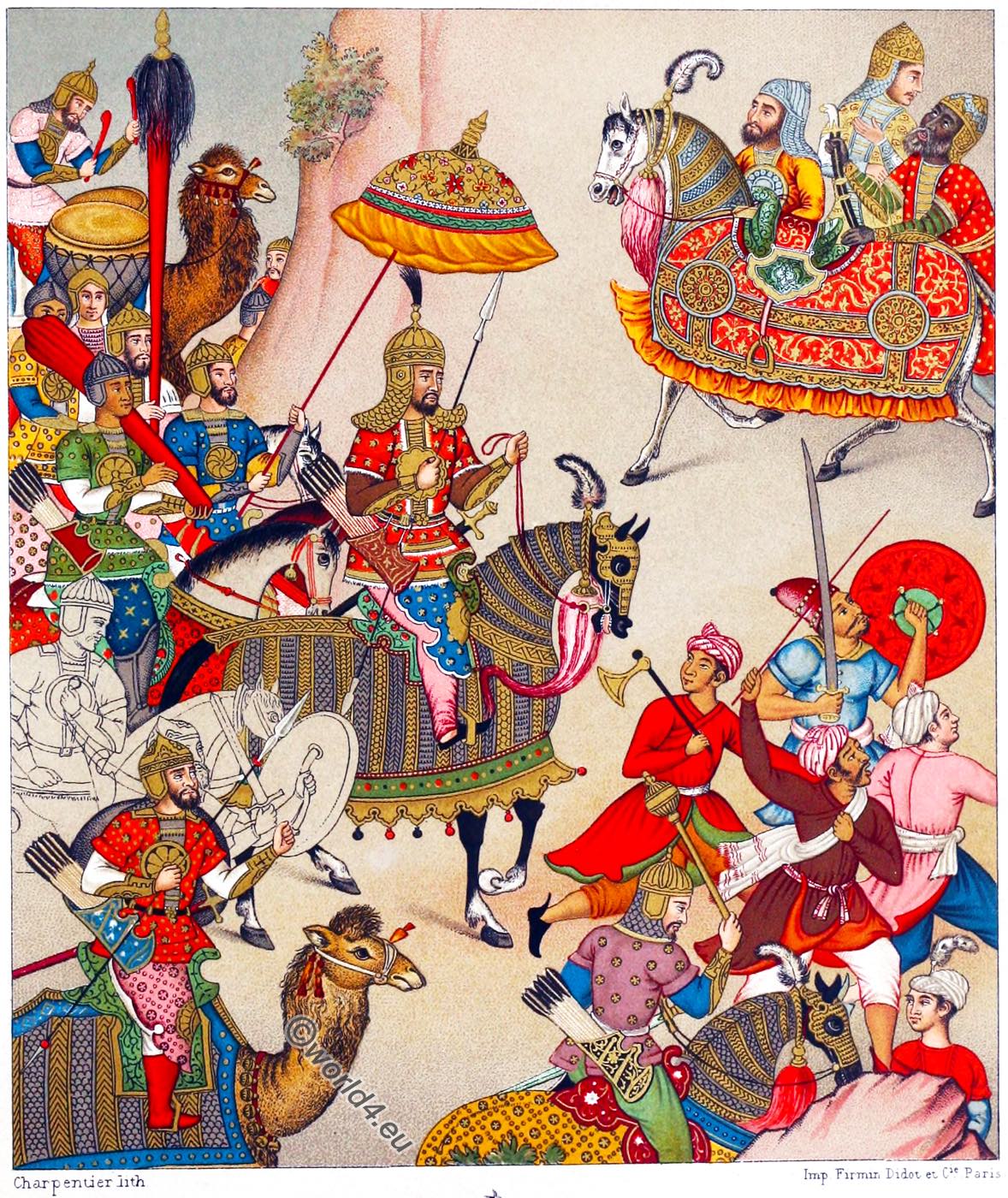
INDIA. WAR COSTUMES OF THE XVI. CENTURY. INDIAN GRAND MOGUL. BABUR LEADING A CAMPAIGN.
Babur setting out with his army. Military Costumes of India – 16th Century.
This representation is a fragment of a painting by Zahir ad-Din Muhammad (1483-1530), called Babur (Tiger) by his followers, emperor and king, founder of the Indian Mughal Empire, as he sets out at the head of his army to take the province of Mazindera in Persia.
The life of Babur, the founder of the Great Mughal Empire, has given rise to numerous depictions by Indian painters. Although belonging to a relatively modern period (he died in 1530), this contemporary of Charles V, Francis I and Henry VIII, who owed his main successes to his cannons and firearms, possessed a fame in the imagination of the Indians which, as a result of the vicissitudes of his fate and personal characteristics, bordered on the marvellousness of certain ancient legends.
Through his father in direct lineage from Timur, through his mother descending from Genghis Khan (originally Temüdschin), the king took possession of little Ferghana Samarkand. When he then lost not only his conquest but also his own kingdom, he fled to Khorasan (Persian خراسان).
His former fame gathered all the Mongol tribes scattered throughout the country around him. Without a stroke of the sword, he took the place of their chief, who submitted to him. At the head of these flocks he made his victorious moves to Kabul, Ghasna, etc. and finally to Hindustan, where he settled after five invasions. He died there as ruler and founder of a dynasty.
Babur is depicted here with the attributes of the warrior ruler, the heron bush and the parasol of Padishah. His armour is no different from that of the horsemen of his entourage. The helmet of golden damask is equipped with the neck guard formed by movable scales. The armour of the body consists of a silk doublet with short sleeves and a round lap, which is heavily padded and held together around the hips by a belt.
It is decorated with flower-shaped metal buttons and has a large metal disc on the chest for protection. The forearms have rails of gold damask and the knees are protected by metal plates. The assault weapons consist of a wooden lance reinforced with iron at both ends, a straight sword with a cross-shaped handle, and the feathered arrows which are placed in a quiver attached to the belt.
The horseman behind Babur carries a strange weapon, perhaps a battle axe in a case, or perhaps a mace, which was used by the king, who was famous for his great strength.
The king does not wear riding boots, but shoes. His horse is dressed in full armour made up of movable metal plates. Only the headgear is hammered from a single piece of metal. The king’s entourage includes the standard-bearer and, on a camel, a timpanist. The camel in the foreground is also wearing a saddle cloth made of metal scales. Soldiers walk in front of the king and among them an officer, who creates space for the king with his staff.
(After an Indian painting of the XVIth century from the library of Ambroise Firmin Didot).
Source: History of the costume in chronological development by Auguste Racinet. Edited by Adolf Rosenberg. Berlin 1888.
Related
Discover more from World4 Costume Culture History
Subscribe to get the latest posts sent to your email.

